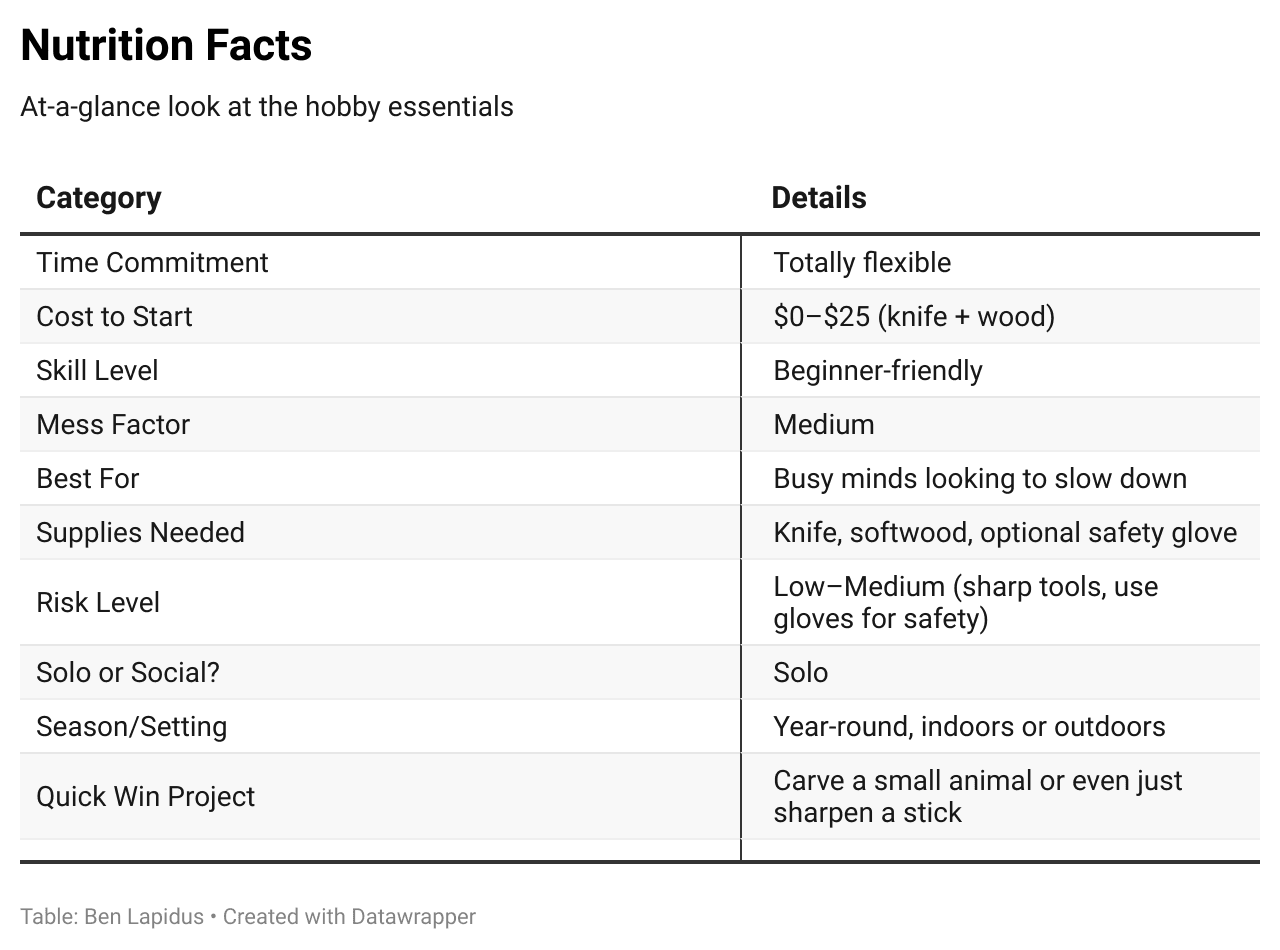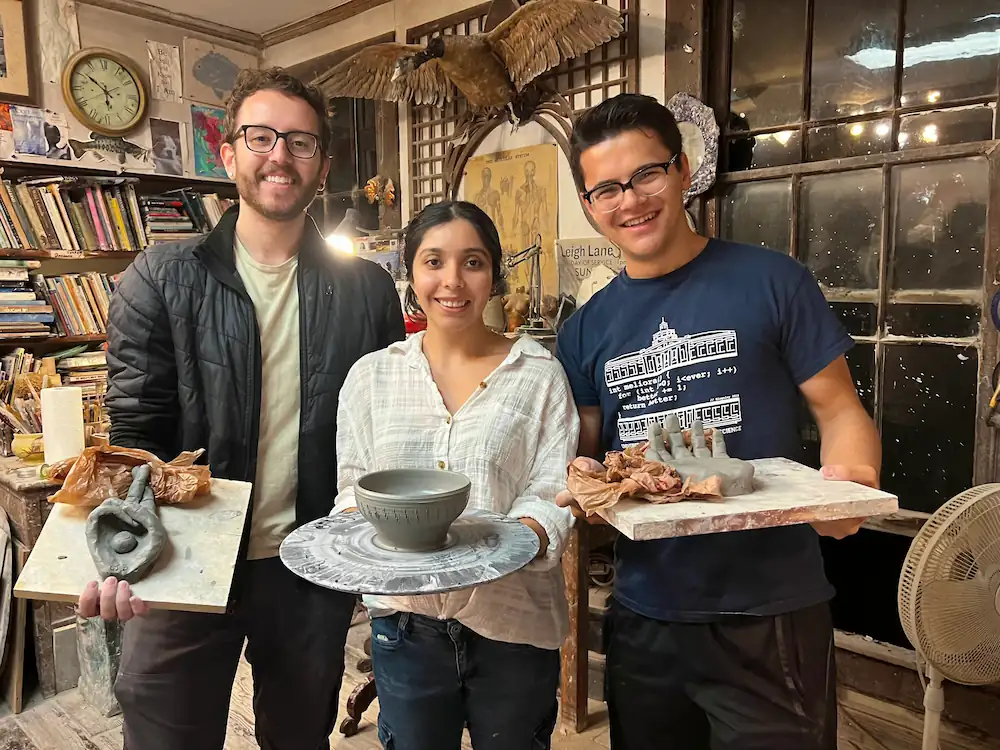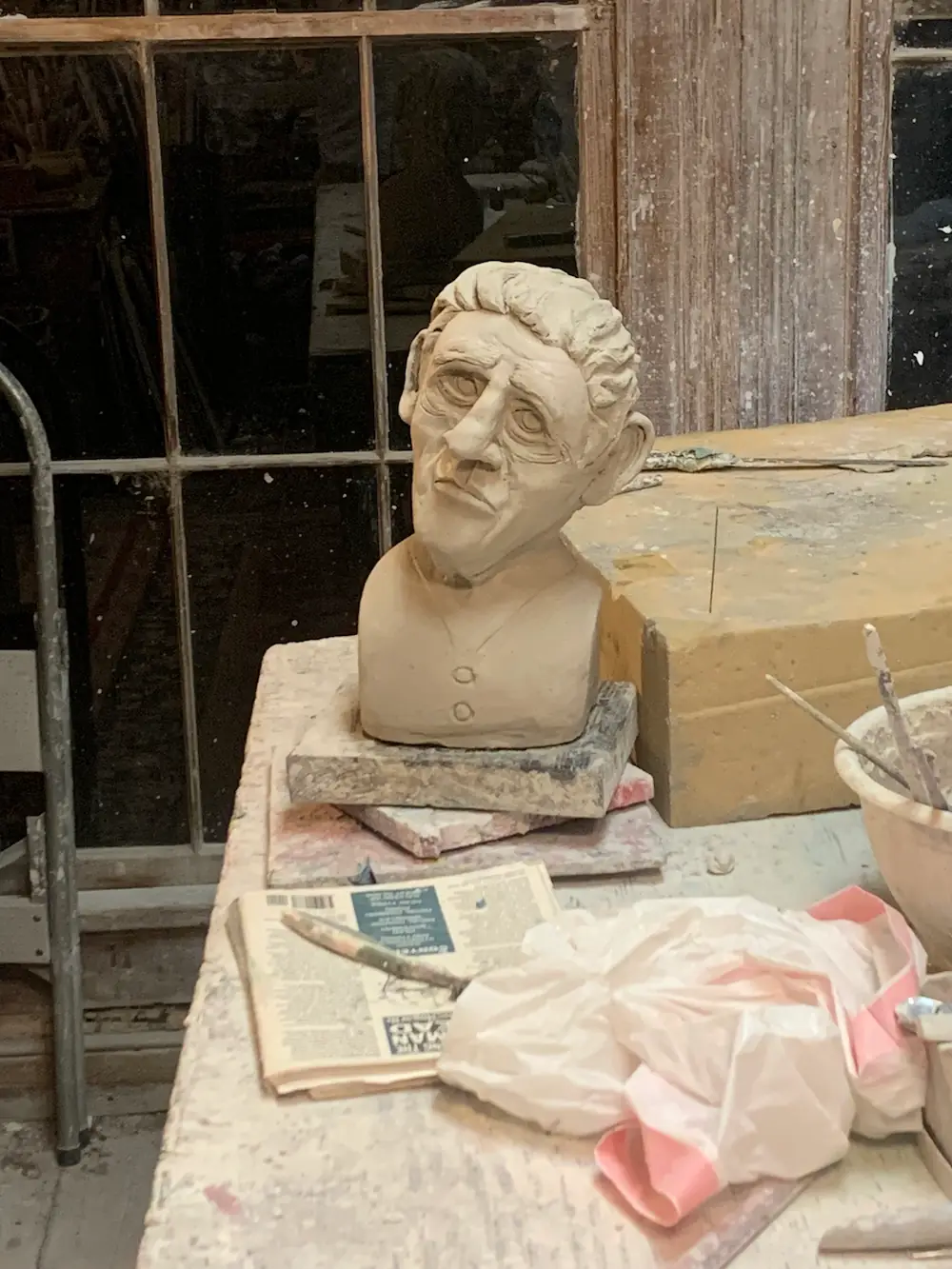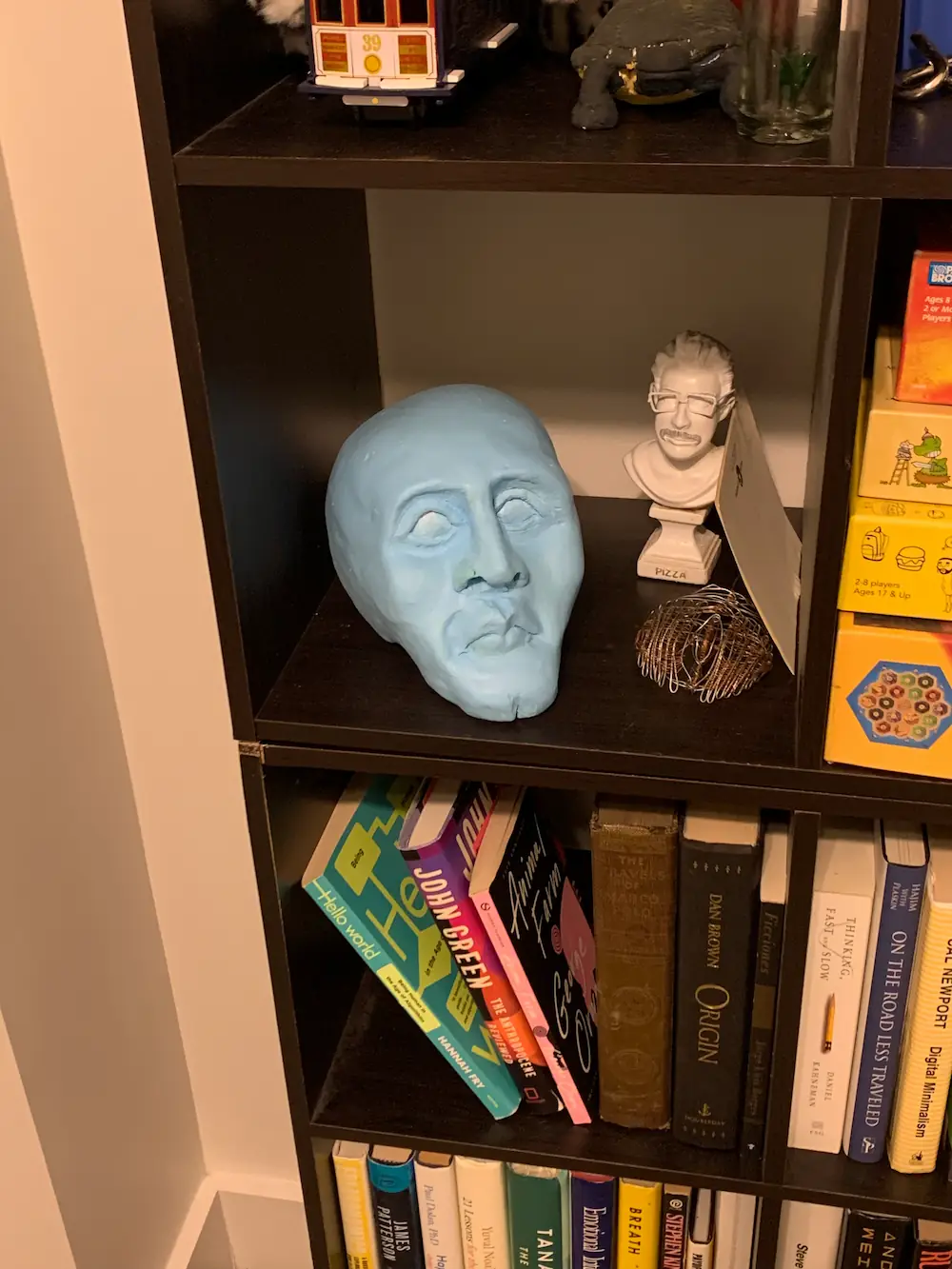Ceramic Sculpture (Hobbies 2)

Getting Started with Hand-Built Sculpture
Note: This guide focuses specifically on hand-built ceramic sculpture — creating pieces without a potter's wheel. While both methods are under the umbrella of sculpture, they require different tools and techniques, and hand-building feels more accessible for beginners (it's also the method that I prefer!)
Clay sculpture is the unofficial hobby of every 20-something who works in tech and wants to prove they can make something other than an app. And I am certainly no exception.

After two years of hand-building ceramic sculpture, it's become something I genuinely look forward to every week. If you're considering picking up a new creative hobby, here's everything I wish I'd known when starting out.
Should You Take a Class or Go Solo?
This is your first major decision, and it depends on your budget, location, and learning style.
The Class Route
Pros: Built-in instruction, social aspect, access to kilns and professional-grade clay, no upfront equipment costs
Cons: Ongoing expense, limited scheduling flexibility, may not be available in your area
I started with classes at $15 each (clay and firing included), which is apparently uncommon — from what I hear, friends report $50+ per session in larger cities. Classes are ideal if you want the "authentic" pottery/sculpture experience with real clay that gets fired in kilns.
The Independent Route
Pros: Work at your own pace, lower long-term costs, no scheduling constraints
Cons: Steeper learning curve, requires some upfront investment, limited to air-dry clay
If affordable classes aren't available or don't fit your schedule, starting independently is absolutely viable.
Essential Supplies
-
Air-Dry Clay — $14.99 at Michaels
This fiber-based clay (similar to paper mache) dries over a few days without needing a kiln. It won't be food-safe or waterproof, but it's perfect for learning techniques and creating decorative pieces and it'll last.
-
Tools: $0
Raid your kitchen and office supplies. Pencils, toothpicks, spoons, forks, and dish sponges all make excellent sculpting tools. You can always upgrade later if the hobby sticks.
Total startup cost: $14.99

Tips / Tricks / Advice
The Learning Curve
Hand-building is challenging but rewarding. The biggest hurdle for most beginners is the gap between what you envision and what you actually create. This can be ✨ wildly ✨ frustrating at first.
This finally clicked when a bunch of my pieces completely melted when the kiln malfunctioned. Weeks of work became a little multicolored puddle fused to the bottom of the kiln. That's when I realized that clinging too tightly to outcomes is a recipe for disappointment.
(Cliché warning) I don't mean for this to be discouraging. This was transformative for me. I learned to shift focus away from the finished piece to the process itself — it's all about the journey, baby! This mindset shift is crucial because many factors are beyond your control; pieces can crack, stick to surfaces, or explode while firing.
The real joy comes from experimenting with techniques, meeting other people, and gradually seeing your skills improve. Each project teaches you something for the next one, whether it survives the kiln or not.
Technical Suggestions
-
If you want the "authentic clay" experience, start with earthenware clay rather than stoneware or porcelain. It's cheaper and fires at lower temperatures.
-
Fired clay shrinks about 10% in the kiln, so make pieces slightly larger than your target size.
-
For hollow pieces, poke small pinholes before firing to let trapped air escape. You can smooth these over before firing.
-
Don't feel compelled to fire everything you make. Some pieces are better as learning experiences - recycle that clay and try again.
-
Plates are surprisingly difficult.
-
There's a significant difference between cone 04 and cone 4 when buying glazes.
-
Moisturize before working with clay. It makes cleanup much easier.
Quality-of-Life Suggestions
-
In my experience, sculpture is significantly more enjoyable with company. It's perfect for casual conversation while your hands are busy. Plus, it's the perfect excuse to take a break from technology while you're covered in clay.
-
Phone screens don't mix well with clay. Check your library or used bookstores for technique books and inspiration (especially for portraiture!)
-
Traditional clay isn't very practical for most rental situations. If you're renting and want to work with fired clay, studio classes or memberships are usually your best bet.

Is Sculpture Right for You?
Sculpture rewards patience and embraces imperfection. If you enjoy working with your hands, don't mind getting messy, and find satisfaction in gradual skill-building, it might be perfect. The meditative aspects of shaping clay and keeping social have been nothing short of therapeutic.
However, if you prefer immediate results or are frustrated by unpredictable outcomes, you might want to explore other creative hobbies first.
The barrier to entry is low enough that there's little risk in trying. For less than $20, you can spend a weekend discovering whether clay speaks to you.